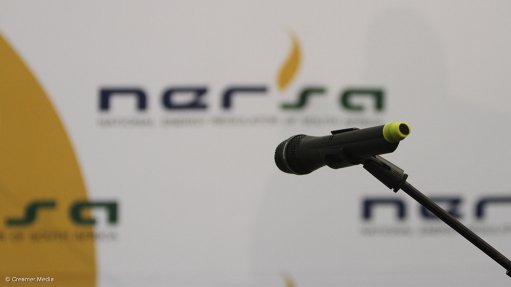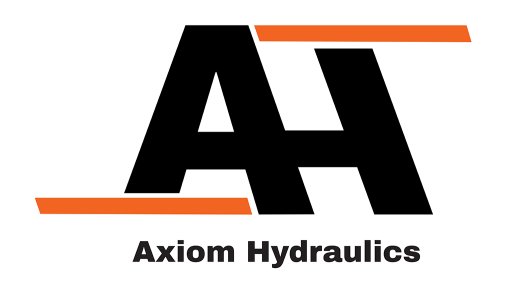Time for tough decisions as rand weakness persists
Many years back, the rand plummeted, reaching its lowest level against the dollar – close to R25 to the US currency.
This was around 2001 and prompted then President Thabo Mbeki to launch a commission of inquiry into the collapse of the rand. Although the commission attributed the currency’s depreciation to a whole host of factors, it is possible that currency speculative trades and swaps were the cause of the rapid depreciation at the time. Once the commission concluded its work, the rand appreciated very rapidly again.
Last year, trade and speculation on the rand were back under the spotlight and again. These practices involved foreign traders in the rand. The Competition Commission was drawn into the fray as some whistleblowers, as was the case during the previous rand probe, had alerted the South Africa Reserve Bank (SARB) to the possibility of currency traders fixing the rand price. The details of this investigation, which started in May, were released in October. The investigation found no evidence of manipulation in the South African exchange rate markets but did make recommendations for legislative improvements in current laws governing the banking sector.
For ordinary citizens who are not conversant with the intricacies of exchange rate policy, all they see is that, if the rand is strong, the country is doing well and that, if it is not strong, the country’s economy is being mismanaged. Public perceptions may hold true but the world of currency economics is a very different place.
The thing about the rand is that a considerable volume of rands is not traded in South Africa. In fact, less than 50% of all the trades happen within the shores of South Africa. The rand is one of the top 12 or 15 traded currencies in the world.
Even Japanese housewives, who get zero interest for their savings in Japanese banks, have taken to trading yens for rands, earning returns from what is technically called the arbitrage value, made up of the difference between one currency against another.
So, if a few Japanese housewives decide tomorrow that the rand is giving them no returns or that they are losing money in China, similar to what happened a few weeks ago, they will offload rands to salvage whatever losses they can. The rand is both a medium of exchange and a commodity for speculation. It is one of the reasons why the rand is so volatile.
Rands are, in fact, traded in international markets. This is one of the reasons why the SARB can do little to shore up the rand. Further, it does not have enough reserves to buy back rands if the currency is offloaded in favour of dollars.
The rand is also used by some neighbouring States in what is called the Rand Monetary Area (RMA). Namibia used to be part of the ‘rand stable’ but decided a few years back to withdraw from the RMA, although the Namibian dollar closely tracks the rand in the markets. The South African rand has a floating exchange rate, which means that its price is determined by the global supply and demand for rands.
The weak rand does reflect both domestic conditions and the global economic climate. The current state of the rand is a reflection of both. Currently, South Africa is not exporting enough; if our imports are higher than our exports, our foreign currency obligations will be greater. We will need to buy more dollars to pay for our overseas bills, which makes the rand weaker. This will be more so if those who invest in South African assets like bonds and shares traded on the JSE withdraw their investments and dump the rand for dollars or other foreign currencies. A considerable amount of our overseas bill is associated with the import of oil and other petroleum- related products.
The factors causing the rand’s weakness have conspired to nullify any benefits we may have had from the weak oil price. The slump in mining and the decline in manufacturing exports are among the contributing factors to the rand’s depreciation. Mining accounts for about 60% of our foreign exchange earnings.
It must also be pointed out that South Africa’s capital inflows are short-term in nature, as institutional and private investors look for good returns in emerging markets. If, for example, the US increases its interests rates, which is what US Federal Reserve chairperson Janet Yelland did recently, investors flock to buy US assets.
In view of the weak rand and the US interest rates increase, the SARB will be forced to increase domestic interest rates, but playing the interest rates game is not a usual way to solve the country’s long-term economic problems.
In the short term, most countries hope to fix their economic woes through either interest rates or exchange manipulation. To solve the real economic challenges, some tough decisions will have to be made in all the major emerging economies, including South Africa. Some of these relate to the issue of a minimum wage and how we boost manufacturing, as well as poor teacher performance and the quality of human capital that our education system is producing.
South Africa’s diversity, richness and proximity to a massive African market are all opportunities being lost because economic policy stability and experimentation are not being given a real chance.
Article Enquiry
Email Article
Save Article
Feedback
To advertise email advertising@creamermedia.co.za or click here
Comments
Press Office
Announcements
What's On
Subscribe to improve your user experience...
Option 1 (equivalent of R125 a month):
Receive a weekly copy of Creamer Media's Engineering News & Mining Weekly magazine
(print copy for those in South Africa and e-magazine for those outside of South Africa)
Receive daily email newsletters
Access to full search results
Access archive of magazine back copies
Access to Projects in Progress
Access to ONE Research Report of your choice in PDF format
Option 2 (equivalent of R375 a month):
All benefits from Option 1
PLUS
Access to Creamer Media's Research Channel Africa for ALL Research Reports, in PDF format, on various industrial and mining sectors
including Electricity; Water; Energy Transition; Hydrogen; Roads, Rail and Ports; Coal; Gold; Platinum; Battery Metals; etc.
Already a subscriber?
Forgotten your password?
Receive weekly copy of Creamer Media's Engineering News & Mining Weekly magazine (print copy for those in South Africa and e-magazine for those outside of South Africa)
➕
Recieve daily email newsletters
➕
Access to full search results
➕
Access archive of magazine back copies
➕
Access to Projects in Progress
➕
Access to ONE Research Report of your choice in PDF format
RESEARCH CHANNEL AFRICA
R4500 (equivalent of R375 a month)
SUBSCRIBEAll benefits from Option 1
➕
Access to Creamer Media's Research Channel Africa for ALL Research Reports on various industrial and mining sectors, in PDF format, including on:
Electricity
➕
Water
➕
Energy Transition
➕
Hydrogen
➕
Roads, Rail and Ports
➕
Coal
➕
Gold
➕
Platinum
➕
Battery Metals
➕
etc.
Receive all benefits from Option 1 or Option 2 delivered to numerous people at your company
➕
Multiple User names and Passwords for simultaneous log-ins
➕
Intranet integration access to all in your organisation

















